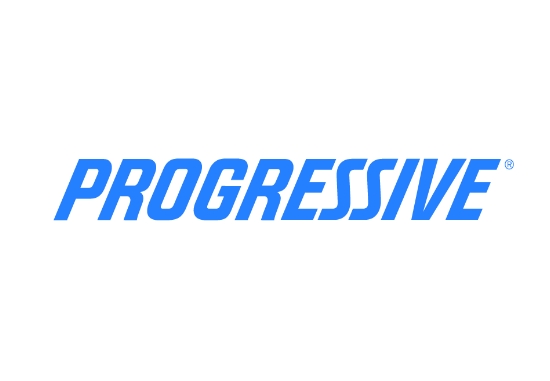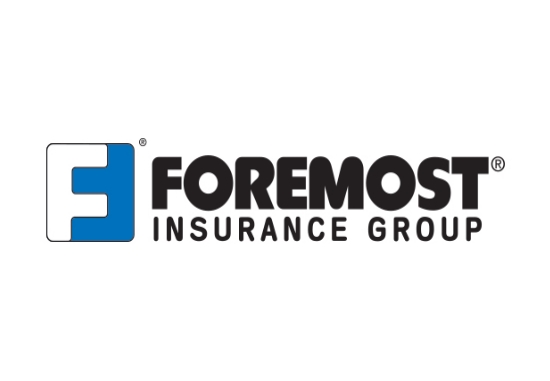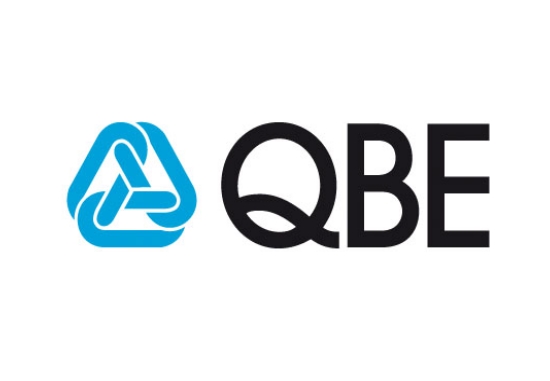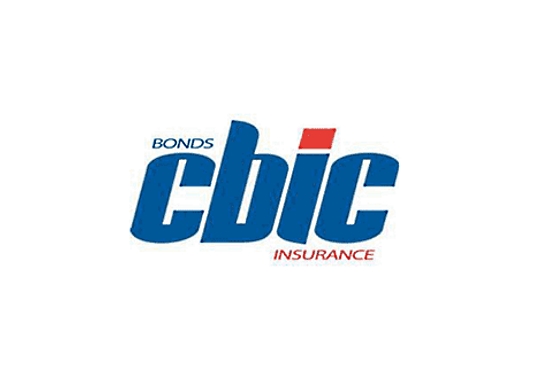Difference between claim of fact value and policy
We will search the top carriers for you for the best offer.
Difference between claim of fact
Understanding the three main types of argumentative claims—fact, value, and policy—is essential for persuasive writing, critical thinking, and effective communication. Whether you’re crafting an academic essay, policy paper, or persuasive speech, knowing how to differentiate and use these claims gives your arguments structure and clarity.
1. What Is a Claim of Fact?
A claim of fact asserts that something is true or false. It is grounded in evidence, data, or observable phenomena and can typically be proven or disproven.
Examples:
“Earth’s average temperature has increased by 1.1°C since 1900.”
“Smoking increases the risk of lung cancer.”
“Unemployment rates dropped in 2024.”
Purpose:
To establish what is real or accurate, forming the factual basis of an argument.
2. What Is a Claim of Value?
A claim of value makes a judgment about whether something is good or bad, right or wrong, ethical or unethical. These claims are subjective but often backed by ethical frameworks, cultural norms, or professional standards.
Examples:
“Honesty is the most important trait in leadership.”
“It is unethical to deny healthcare to low-income families.”
“Classical music is more intellectually stimulating than pop.”
Purpose:
To evaluate or interpret, helping connect with audiences through shared beliefs or moral reasoning.
3. What Is a Claim of Policy?
A claim of policy proposes a specific course of action. It often builds upon claims of fact and value to recommend a solution or policy change.
Examples:
“Governments should invest more in renewable energy.”
“Schools must adopt mental health education in their curriculum.”
“Insurance companies should provide discounts for safe drivers over 65.”
Purpose:
To drive action or change, typically structured around a problem, its significance, and a proposed solution.
4. How They Work Together in Argument
The most persuasive arguments often combine all three types:
Fact: “Online data theft rose by 35% in 2024.”
Value: “This is a serious violation of privacy and consumer trust.”
Policy: “Tech companies must implement stricter cybersecurity protocols.”
This structure logically leads readers from evidence → interpretation → action.
5. Quick Comparison Table
| Type of Claim | What It Does | Key Words | Examples |
|---|---|---|---|
| Fact | States what is or isn’t true | is, was, are | “The crime rate fell in 2023.” |
| Value | Judges right or wrong, good or bad | better, should | “Honesty is better than popularity.” |
| Policy | Suggests a course of action | should, must | “The city should ban single-use plastics.” |
Final Thoughts
Each type of claim plays a vital role in argumentation:
Fact builds credibility
Value appeals to shared beliefs
Policy motivates action
Mastering their differences allows you to construct arguments that are not just logical, but also impactful and persuasive.
Need help crafting strong, persuasive communication in business, law, or insurance?
With over 30 years of experience and insight from nearly 100 carriers, we can help you clearly define problems and guide people toward the right decisions—fast.
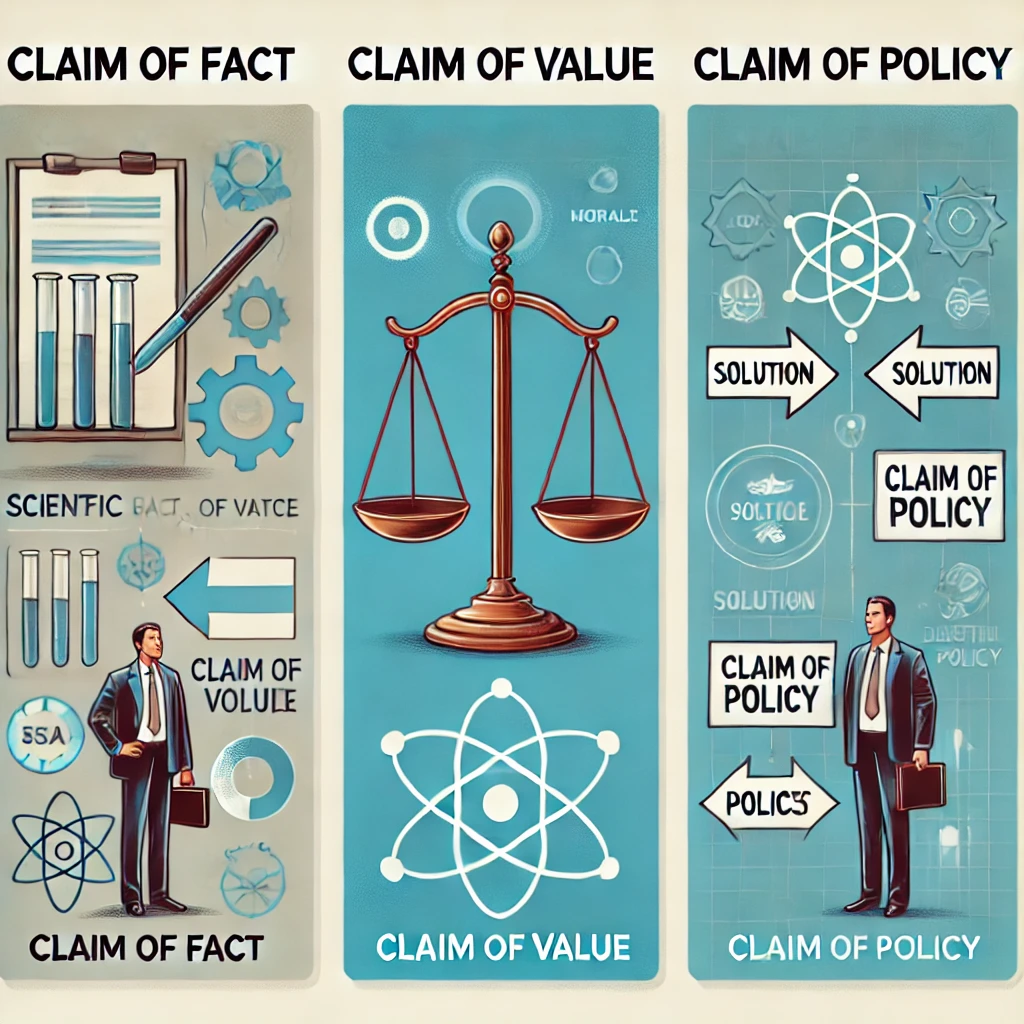
Related Posts
Get a Right Insurance For You
SHARE THIS ARTICLE
We will compare quotes from trusted carriers for you and provide you with the best offer.
Protecting your future with us
Whatever your needs, give us a call, have you been told you can’t insure your risk, been turned down, or simply unhappy with your current insurance? Since 1995 we’ve been providing coverage to our customers, and helping people across United States.

